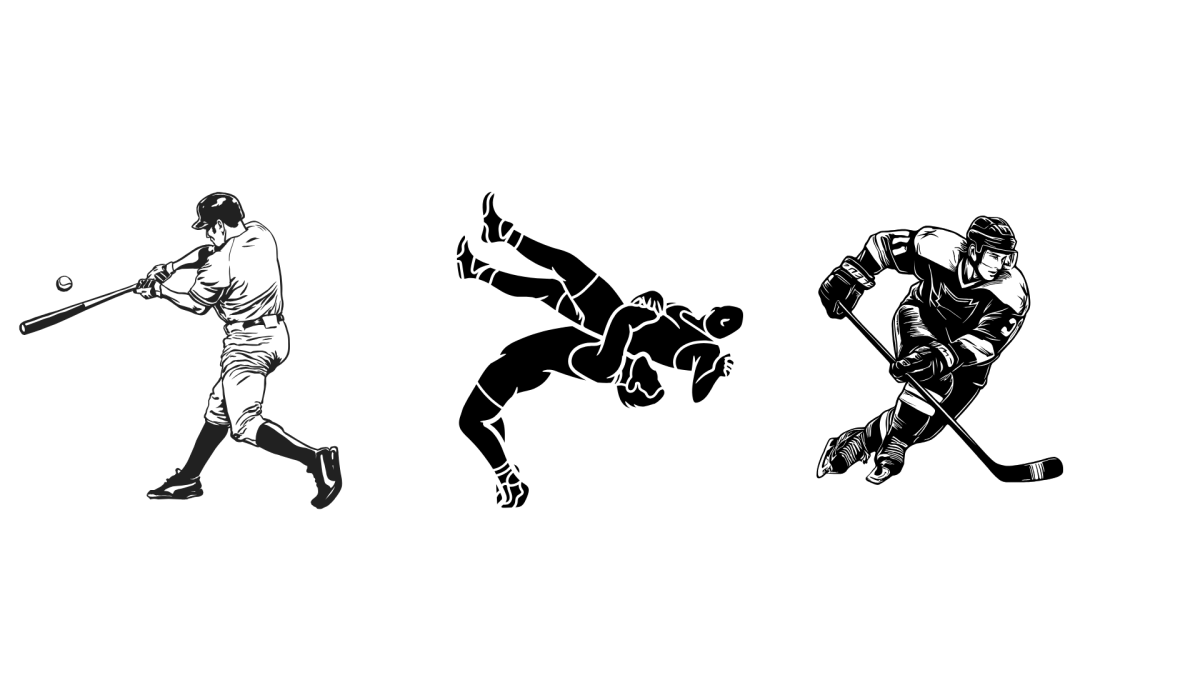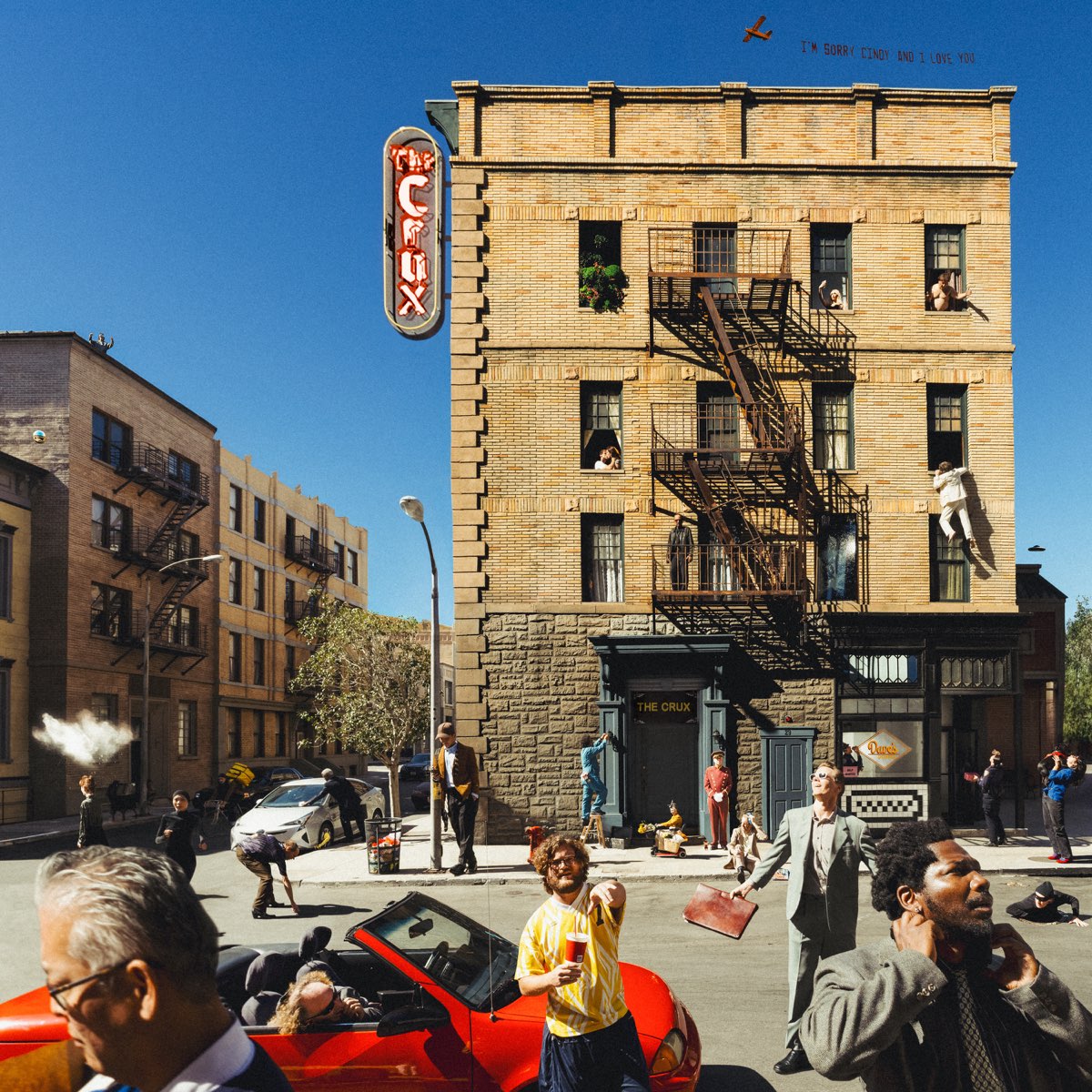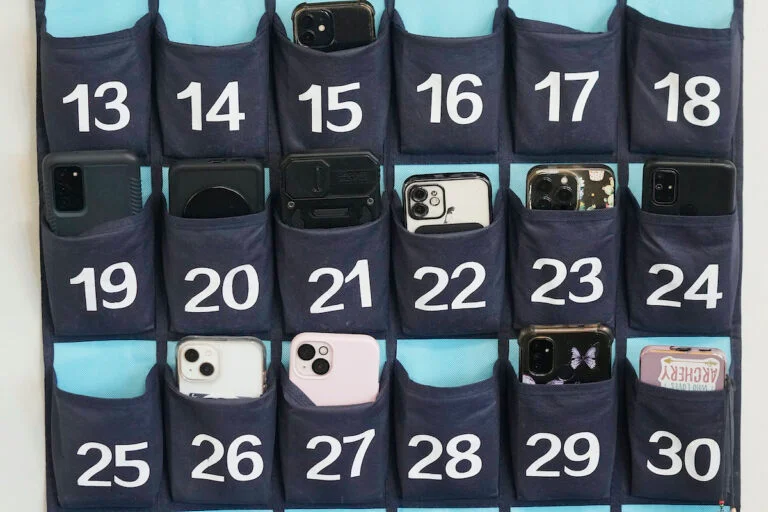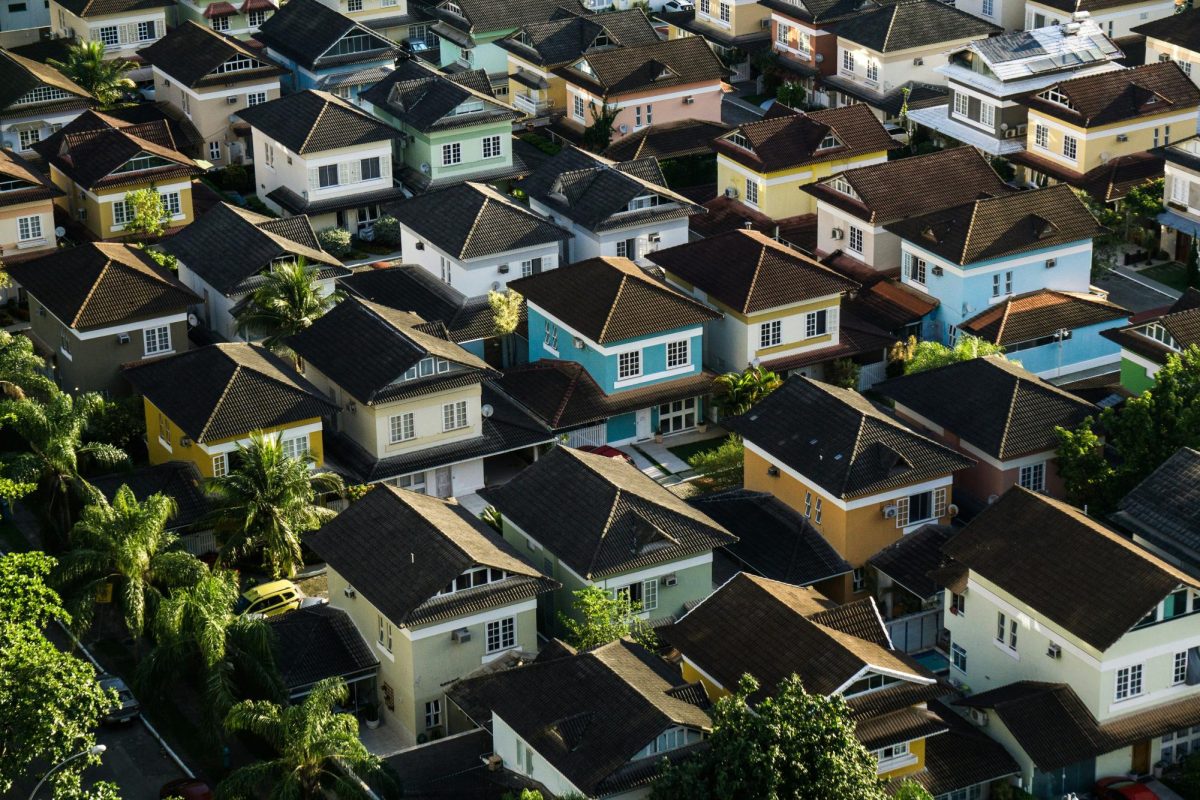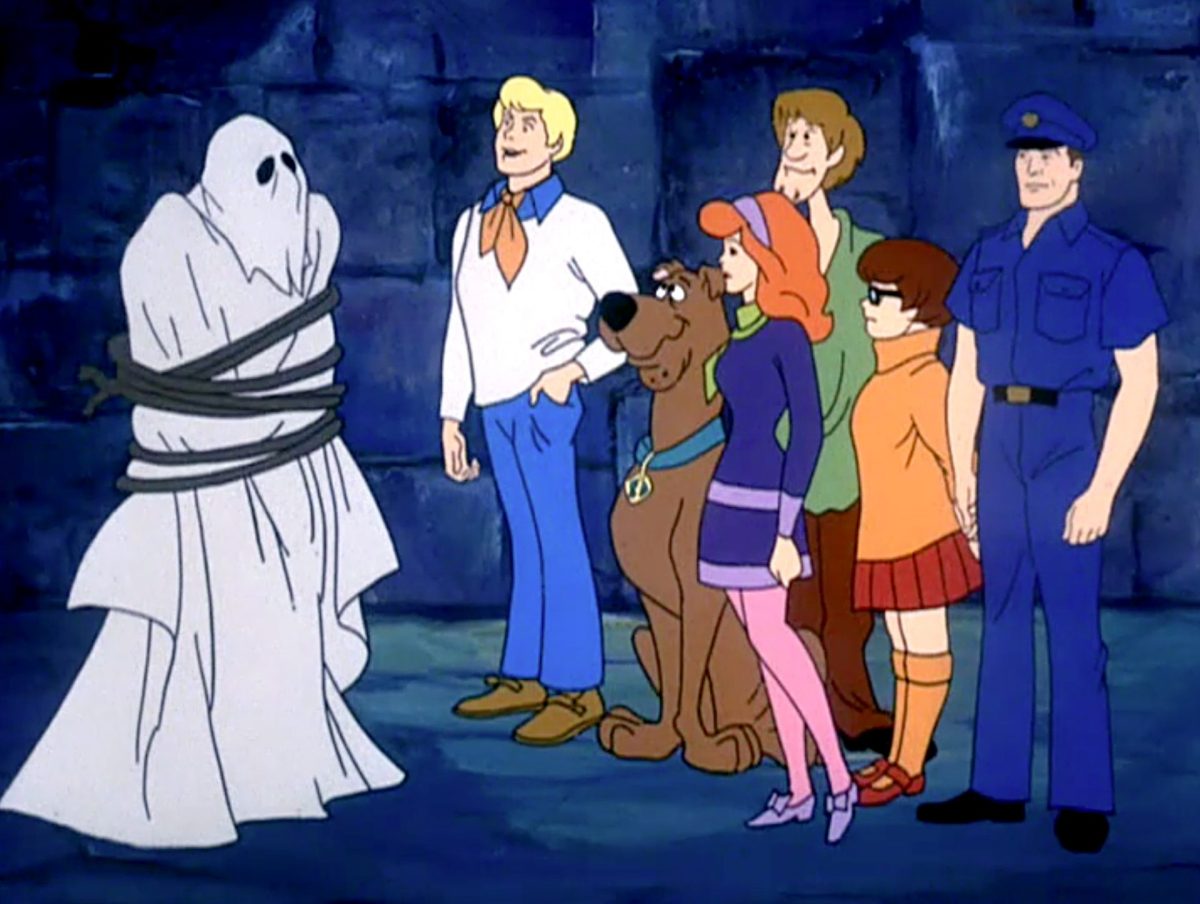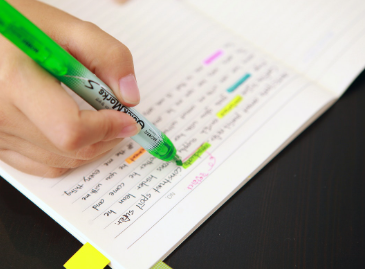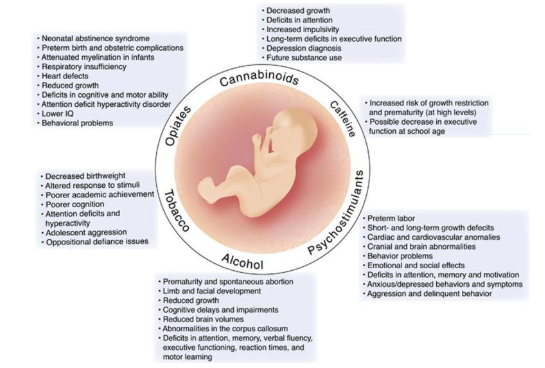Students coming back this year face a perfect storm when it comes to navigating the halls again. A combination of changes to class locations, a growing student body, and teacher policies has led to dense traffic and late students in recent weeks. I have had to deal with shoulder-to-shoulder and backpack-to-backpack traffic in halls that were once almost empty during my freshman year.
One big factor in this chaos is the integration of freshman classes into the east wing of the school. Many freshman class teachers have been moved over and replaced by social studies and pathway teachers, causing many more students to have to rush between the wings during the seven-minute passing period. Other classes have also been moved or had their numbers changed, making it hard for old and new students to find anything, contributing to late arrivals and difficulty getting to class.
While traffic has always been an issue as long as I’ve been here, the class sizes have been increasing at a rapid rate, leading to packed halls and necessary expansion projects. These expansions have been going on for the past few years, including the new cafeteria and classroom expansions, but the main hallway leading to the west wing has been blocked off, leading to intense congestion in the hallway by the large auditorium. Even fast walkers get stuck behind slower groups, so speeding up doesn’t help.
While some teachers are lenient on students arriving after long walks, others consider arriving directly on time to be non-negotiable. Students are also expected to access their lockers and go to the bathroom during passing periods.
My farthest trek is from the language hallway all the way to the back of the C hallway in the west wing, and that usually leaves me with about a minute to spare if I’m going as fast as I can. A minute at most is not enough time to locate my locker, access it, retrieve or deposit what I need to, and get back on track. Nor is there enough time to go to the bathroom. Other policies that state that students can only have one bag lead to increased need for lockers, pushing students to ignore the rule or spend valuable time seeking out their locker during passing periods.
To solve such a problem with many factors, there are a few solutions that could work, each with its own downsides. Administration could increase the length of passing periods, allowing students time to do what they need to, but this leads to less class time and a total reorganization of the schedule.
Perhaps teachers could be less harsh about passing periods, locker and bathroom rules, but that contributes to distraction and students missing material during class. To reduce the locker problem, students could be allowed more bags, but that can cause tripping hazards in classrooms and at lunch.
Any administrative decision is bound to have unforeseen consequences, so it makes sense to approach the subject with caution. Student decisions, on the other hand, can have a big impact on the state of the halls without broad changes to school policy. Students can do many things to make getting to class on time easier for everyone:
- Hurry to class, even if you know it’s nearby. Walking slowly through the halls can stop those behind you who need to get much further from arriving on time.
- Stop roughhousing in the halls. One of the most frustrating things to happen in the halls while you’re trying to hurry is having someone shoved into you by people you don’t even know.
- Stay off your phone until you’ve gotten to where you need to be. Walking slowly on your phone can disrupt the flow of traffic and force people to have to shove past you.
- Hang out in the commons or a classroom instead of the halls. Stopping in the halls to talk just makes the blockage even worse.
If you don’t want to wait for the administration to fix the problem, you can take it into your own hands by following these guidelines and encouraging your friends to do the same.


